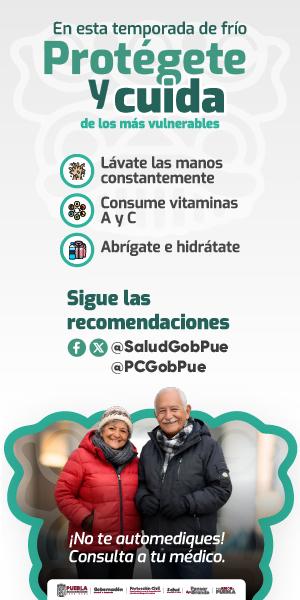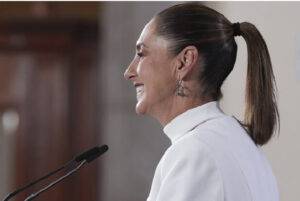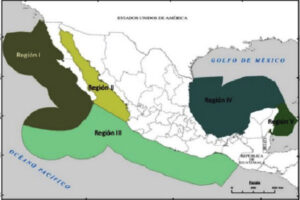By Viri Rios
The old intelligentsia has again spoken. On this occasion, sowing in public opinion the idea that the historic reduction in multidimensional poverty that occurred from 2018 to 2022 is due only to «government handouts». López Obrador «just doled out more money,» some say. «Average incomes improved only because of the transfer programs,» say others.
I set myself the task of testing, with data, whether the assertions of the old intelligentsia are true. I calculated counterfactual poverty reduction scenarios with data from the National Household Income Survey (ENIGH). With the help of that data, I was able to create a metric of to what degree social programs influenced the poverty levels observed in 2022. The results can be seen in the graph.
(The graph is visible in the original article. See https://www.milenio.com/opinion/viri-rios/noes-normal/las-dadivas-de-lopez-y-otros-mitos-clasistas SOURCE: Own calculations with ENIGH 2022.)
It is simply a graphic presentation of the percent contribution of each category to the alleviation of poverty: Increased labor income 73%, In-kind income 7%, Social programs 6.3%, Private pensions 5.9%, Private transfers 4%, Remittances 3%, Rents 1% SOURCE: Own calculations with ENIGH 2022)
It is not true that social programs were the main reason poverty decreased in 2022. «Handouts» as the old intelligentsia calls them, were a minimal component compared to labor income. Even income in kind was more decisive for poverty reduction than social programs.
Cash transfers have increased, helping many more people lift themselves out of poverty than ever before. However, it is not true that poverty was reduced just by «handing out more money». According to CONEVAL data, in 2022, 3.5 million people managed to get out of poverty thanks to social programs. This is only 1.2 million more than under Peña Nieto in 2018.
López Obrador’s social programs are 52% more effective than Peña Nieto’s in lifting people out of poverty, but that does not explain the reduction of 5.1 million people in the ranks of the poor that occurred from 2018 to 2022. In fact, according to my own calculations, if it were not for labor income, 73% of the reduction in poverty would not have occurred.
As the map shows, there are certain states where social programs do have a greater impact, but in none is their effect greater than that of labor income. As can be seen in the map, there are states where social programs had very little influence (Baja California, Baja California Sur, and Nuevo León) and there are others where their weight was considerable. Social programs had more influence on poverty reduction in the southern states and less in the northern states. Still, even in southern Mexico, the main driver of poverty reduction is labor income.
[The map is visible in the original article. See https://www.milenio.com/opinion/viri-rios/no-esnormal/las-dadivas-de-lopez-y-otros-mitos-clasistas SOURCE: Own calculations with ENIGH 2022]
Finally, another myth spread by the old intelligentsia is that remittances explain another important part of poverty reduction. As my data shows, their impact is not that great. Only 3% of the reduction in multidimensional poverty in 2022 can be attributed to remittances. Everything indicates that the main factor in the reduction in poverty during the current presidential administration has been the improvement of labor income. This is not only due to increases in the minimum wage, but also to the reduction of outsourcing and corrupt employer-controlled unions, as well as the indirect effect of social programs in creating a minimum floor of income expected in order to convince workers to enter the labor market.
Source: https://www.milenio.com/opinion/viri-rios/no-es-normal/las-dadivas-de-lopez-y-otros-mitos-clasistas













